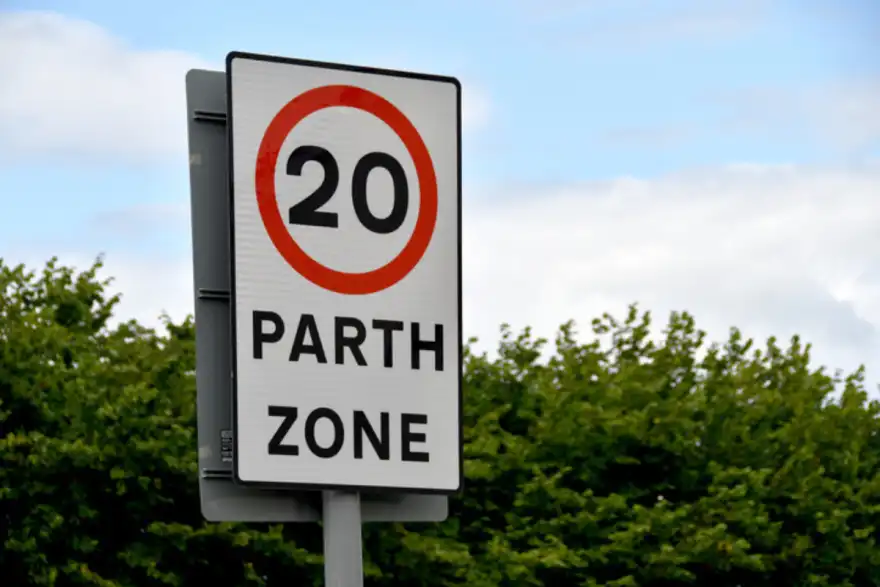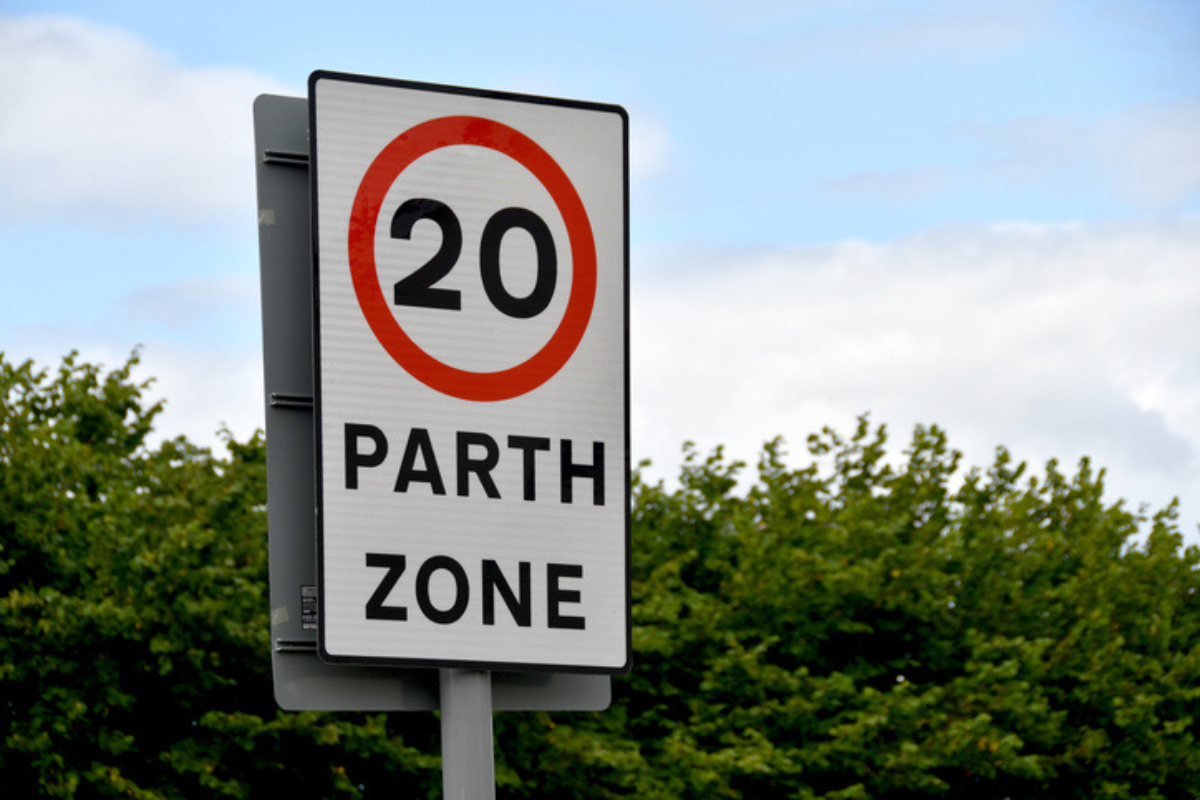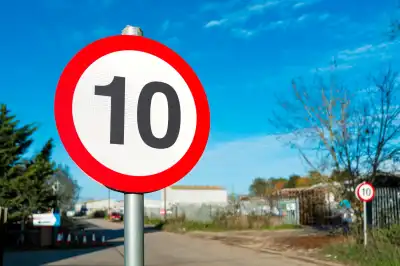
If you've been driving in Wales recently, you might have noticed that journeys are taking a bit longer. You're not imagining it. Since the 20mph speed limit became the default on most residential roads in September 2023, average driving speeds have dropped and enforcement has increased.
New data shows that drivers are indeed slowing down, with average speeds on key 20mph roads falling by 3.8mph. But despite this, more than 130,000 drivers have already been caught breaking the limit. From November 2023 to May 2025, the number of speeding drivers has steadily increased, especially in mid and south Wales. In May 2025 alone, 5,444 drivers were caught speeding in that region, up from 4,128 in March. The highest monthly figure recorded there was 7,326 in August 2023.
In north Wales, the trend is similar. In May 2025, 5,445 drivers were caught speeding, with a peak of 7,958 in August 2024. Some drivers are still pushing the limit well beyond what’s safe. The fastest speed recorded in a 20mph zone so far is 88mph, which was clocked on two separate occasions in 2024.
So, are people actually sticking to the new speed limit?
A recent report by Transport for Wales suggests more drivers are complying, although the numbers vary. The report considers any vehicle travelling at 24mph or under as compliant, likely to allow for slight inaccuracies in speedometers. Before the new law was introduced, only 20.8 per cent of drivers were driving at or below that speed. That figure rose to 58.7 per cent in winter 2023 to 2024, dipped to 52.7 per cent in summer 2024, and climbed back up to 54 per cent in winter 2024 to 2025. In total, about a third more drivers are going slower than they were before the law came in.
The big question is whether the lower limit is making a difference. Early data suggests it might be. While journey times have increased slightly, most routes are only taking up to two minutes longer. Travel times are also more consistent, making it easier for people to estimate how long their trips will take.
Air quality hasn’t changed much, with no major shift in nitrogen dioxide levels inside or outside 20mph zones. It’s still too early to say whether the speed limit is having a major impact on pedestrian or cyclist safety, but there has been an overall drop in road casualties, which are down by 11.8 percent since the law was introduced.
Interestingly, not everyone caught speeding is fined. Under a scheme called Operation Ugain, drivers caught over the limit are often offered a short 10-minute roadside awareness talk about speeding instead of prosecution. Between January 2024 and March 2025, more than 371,000 vehicles were monitored and 16,679 drivers were found to be speeding. Of those, 99 percent agreed to take part in the awareness session. Just 129 drivers ended up being prosecuted.
Now, councils across Wales are reviewing which roads should stay at 20mph and which ones could return to 30mph. In Newport, 14 roads have already been identified for a speed limit change. In Ceredigion, no changes are planned at this time.
In summary, the 20mph limit has clearly affected how people drive in Wales. Many are going slower, journey times have slightly increased, and thousands of drivers have been caught speeding. While the long-term impact is still being assessed, the early signs suggest roads are becoming safer overall. As local councils begin making decisions on where the new limit applies, the future of 20mph zones may vary from place to place. But for now, the change is having a noticeable impact.




